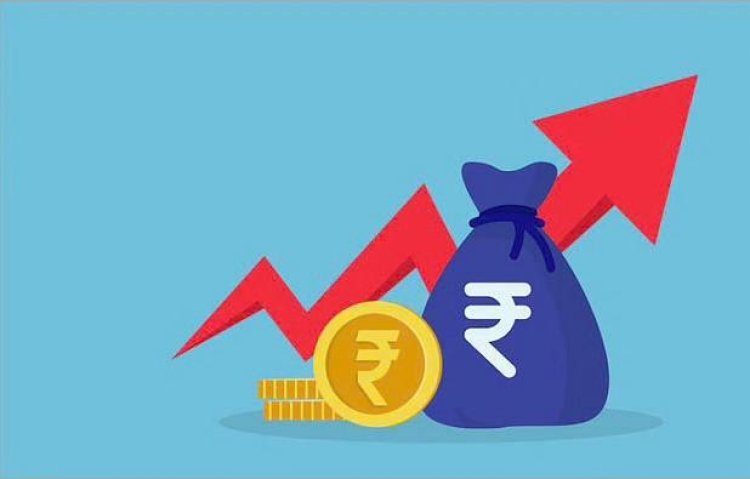India's GDP Growth Continues to Influence Fluctuating Advertising Expenditure Trends
India’s Advertising Spending Closely Tied to GDP Growth, Despite Economic Fluctuations and Uncertain Market Conditions.

In India, GDP growth is often seen as a reliable indicator of advertising expenditure (AdEx), with the two metrics displaying a dynamic relationship over the past decade. While India's advertising-to-GDP ratio is relatively low at around 0.4%—less than many Asian neighbors—AdEx typically grows at 1.5 times the GDP growth rate. This trend suggests that if the GDP increases by 6%, AdEx should rise by roughly 9%.
Data from the Ministry of Statistics and Programme Implementation and the Pitch Madison Annual Report 2024 reveal that AdEx tends to amplify economic shifts, surging in good times and contracting sharply in downturns. This sensitivity to consumer sentiment and global conditions often results in significant fluctuations in AdEx, even during stable GDP growth periods. Notable exceptions include disruptions like the COVID-19 pandemic, the implementation of the Goods and Services Tax (GST), and demonetization.
AdEx's Response to Economic Trends
In 2023, amid global economic challenges, India's AdEx grew by only 10%, compared to an 8.2% GDP increase for the 2024 financial year. Similarly, during the 2020-21 pandemic, a 5.8% GDP contraction triggered a sharp 20% decline in AdEx. However, recovery in 2021-22 was rapid, with a 9.7% GDP growth accompanied by a 37% surge in AdEx, largely driven by digital trends and changing consumer behaviors.
The introduction of demonetization in 2016 and GST in 2017 led to a slowdown in GDP from 8.3% to 6.8% in 2017-18, mirrored by a five-point decline in AdEx growth from 12% to 7%. During periods of stable economic growth, AdEx consistently outperformed GDP. In 2022-23, GDP rose by 7%, while AdEx climbed by 21%, boosted by robust e-commerce and FMCG sector contributions.
Challenges in Data Accuracy
While trends are clear, experts caution that discrepancies in data collection can impact accuracy. GDP figures, sourced from the government, and AdEx data from industry reports like PMAR are not always fully comparable, as their reporting periods differ and estimates often focus on larger brands, overlooking smaller advertisers.
Vishal Chinchankar, CEO of Madison Digital & Madison Alpha, emphasized that both GDP and AdEx are closely linked to consumer consumption. "Inflation and other macroeconomic factors impact consumption, leading companies to reduce discretionary spending, with AdEx often being the first cut," he explained.
Economic Conditions and Future Predictions
Advertising expert Lloyd Mathias sees a strong correlation between GDP and AdEx, noting that a healthy economy boosts advertising spending as business confidence grows. However, deviations occur during specific events—such as election years or major global competitions—when spending can be unpredictable. In 2024, AdEx remained flat due to the Lok Sabha elections, with many high-spending sectors scaling back.
Looking ahead, Mathias is optimistic about a rebound in 2025, predicting that improved corporate profits will drive advertising growth. India's macroeconomic conditions are favorable, with a recent report by Moody’s forecasting a 7.2% GDP increase in 2024, followed by more modest growth in subsequent years. Whether AdEx will mirror these projections remains to be seen, as it remains heavily influenced by market sentiment and economic stability.

 sheetal
sheetal 










